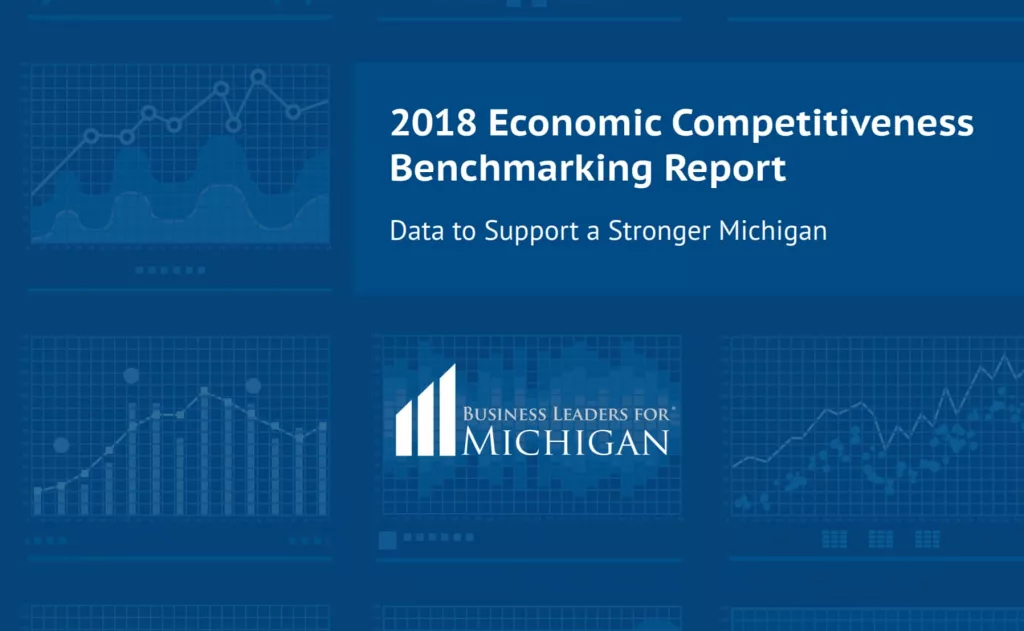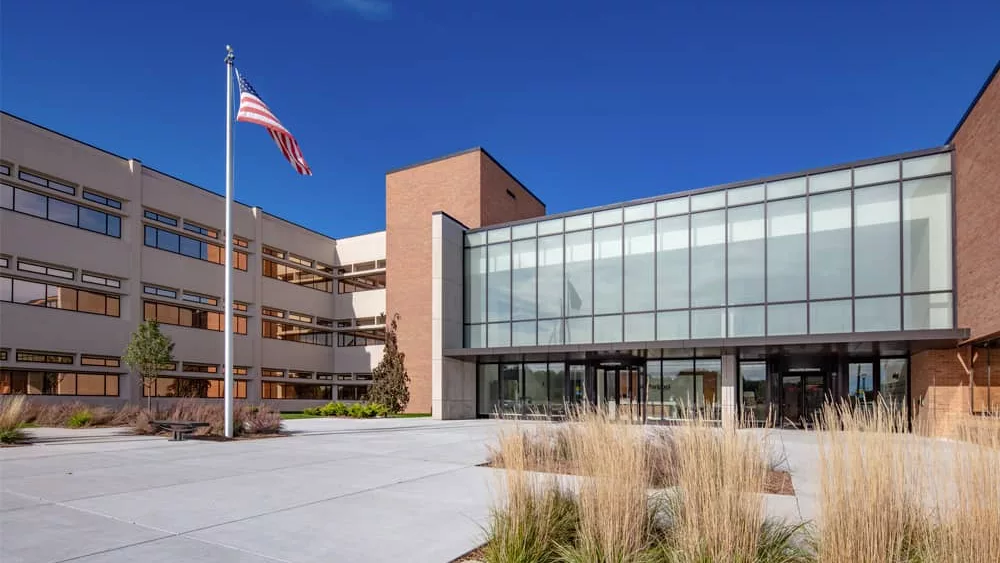The top business leaders from Michigan’s largest companies continue their work to return the state to Top Ten status across the board and while some substantial gains have been made, their latest report warns that growth is slowing and we must keep the accelerator to the floor.
Business Leaders for Michigan (BLM), the state’s business roundtable, released a major report on the state’s economic performance today, highlighting the impact of key policy and investment decisions across Michigan.
The annual report, which measures both statewide and regional performance against dozens of indicators, showed Michigan’s economic growth outpacing most other states during 2017. The group warns, however, that growth is slowing and that absolute results against most economic measures remained average or below.
Doug Rothwell is President & CEO of Business Leaders for Michigan. He argues, “As a state, we can’t afford to let our foot off the gas where our economy is concerned,” and adds, “With the 2018 election behind us, we need to pursue unified strategies that are in alignment with what the data suggest—increased investment in talent and infrastructure, reduction of unfunded liabilities, and a purposeful effort to leverage Michigan’s competitive strengths.”
BLM’s 2018 Economic Competitiveness Benchmarking Report portrays a state that continues to make up ground since the Great Recession, but has a lot further to go. Michigan’s tax climate has flipped from one of the nation’s worst to one of the best, and the state ranks very favorably in terms of the total cost of doing business. Michigan is a national leader in terms of R&D and exports, but there is still a great deal to accomplish in the areas of talent development and infrastructure.
Rothwell suggests, “Our state faces two great risks right now: inconsistency and complacency.” He adds, “We must come together around unified strategies for growth and investment during the next decade—strategies that build on the successes of the past decade, rather than starting all over again. We also can’t afford to decide that things are better than they were so it’s fine to coast now. When it comes to our state’s prosperity, better isn’t good enough. We need to be consistent, but never complacent.”
Rothwell says if Michigan was performing like a “Top Ten” state today, there would be 36,000 more Michigan people working, $10,000 more income per person, and $12,500 more GDP per person.
He concludes, “These numbers reflect a strong imperative for change and many opportunities for more growth.”
Here are some key report findings:
- Despite reaching a 10-year low, Michigan’s annual unemployment rate still lags the average of peers and “Top Ten” states. Private sector employment has exceeded the average growth in “Top Ten” states for three out of the last four years, but Michigan’s labor force participation rate, while improved over the last year, remains below the “Top Ten” and peer state averages.
- Michigan’s per capita personal income levels continue to grow, but remain well below peers and “Top Ten” states. Michigan per capita income growth has outpaced the average of “Top Ten” states in recent years, but Michigan’s 2017 per capita personal income level remained more than $4,000 less than the peer state average and over $10,000 less than “Top Ten” states.
- Michigan’s per capita GDP levels, while still growing, remain well behind those of peer and “Top Ten” states. Michigan per capita GDP growth has generally outpaced both the peer and “Top Ten” averages in recent years. However, the average per capita GDP of peer states in 2017 was over $5,000 higher than Michigan’s, while “Top Ten” per capita GDP was more than $12,500 higher.
- Michigan’s population has stabilized, but peers and the “Top Ten” are growing faster. After losing population in 2009, 2010 and 2011, Michigan has had six straight years of positive growth. During that same period, however, peer and “Top Ten” average population growth has been as much as 10 times higher than Michigan’s.
- In 2017, Michigan was improving or holding steady in 37 (nearly 70 percent) of the 54 indicators used to measure the cost of locating here and the value provided. However, Michigan’s overall ranking remained in the bottom half of states on nearly 60 percent of the measures.
- Michigan continued to do well during 2017 when it comes to the cost of doing business. As competing states and nations continue to lower their own costs, however, Michigan must work to hone and retain its competitive edge where costs are concerned.
- The state’s value inputs improved somewhat during 2017, but its talent and infrastructure gaps continue to pose significant long-term challenges. The state’s talent pipeline continues to be in jeopardy as educational results lag most other states, and it’s possible— even likely—that Michigan could face a critical shortage of skilled workers in the years ahead.
- Michigan’s relatively weak infrastructure also remains a concern. While the state does have many competitive strengths—including a wealth of new and emerging technologies, intellectual property, and strong exports—Michigan’s value proposition must increase to impact site selection and business expansion decisions over the long term.
You can find Business Leaders for Michigan’s complete 2018 Economic Competitiveness Benchmarking Report by clicking the link below:






